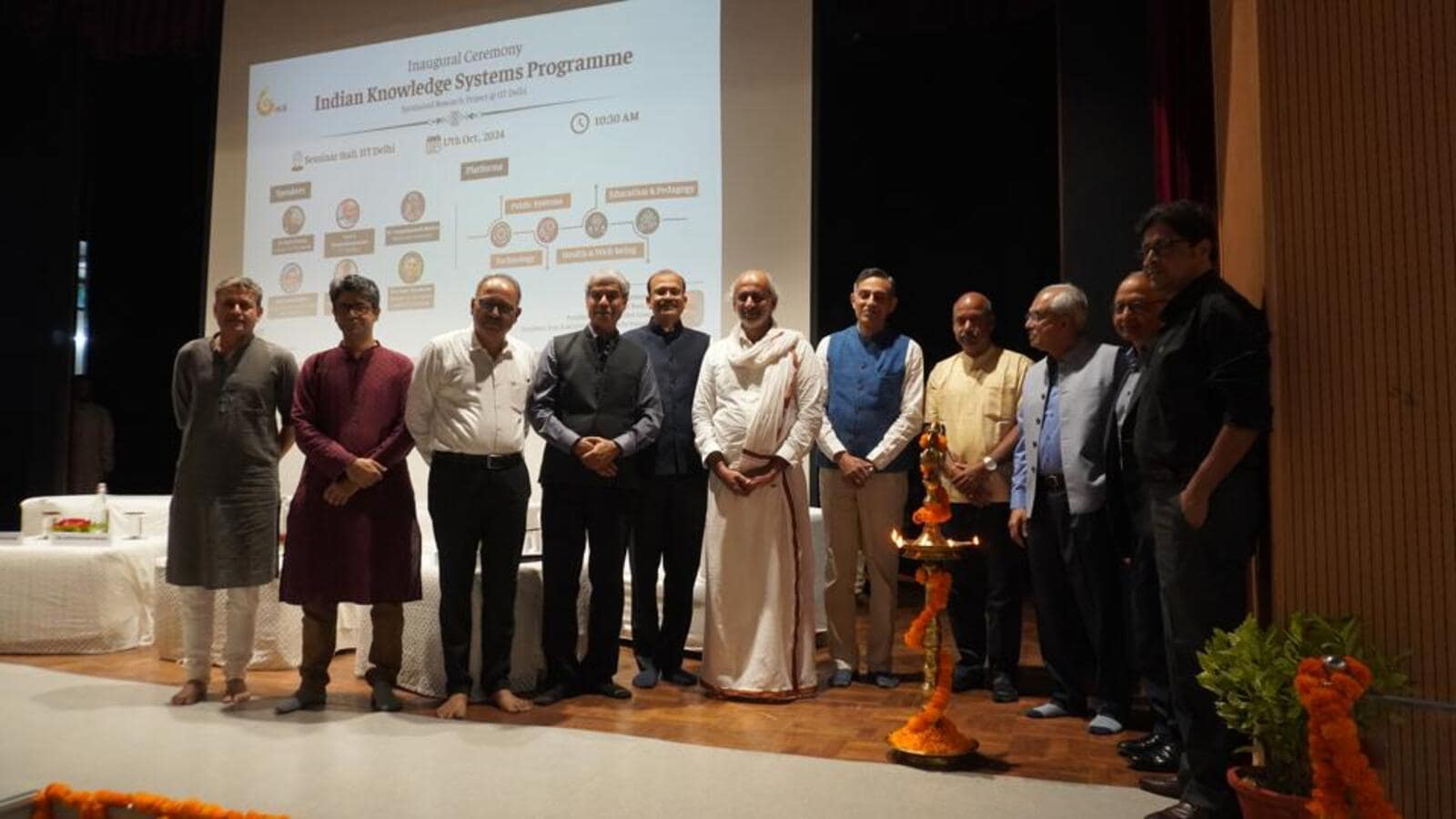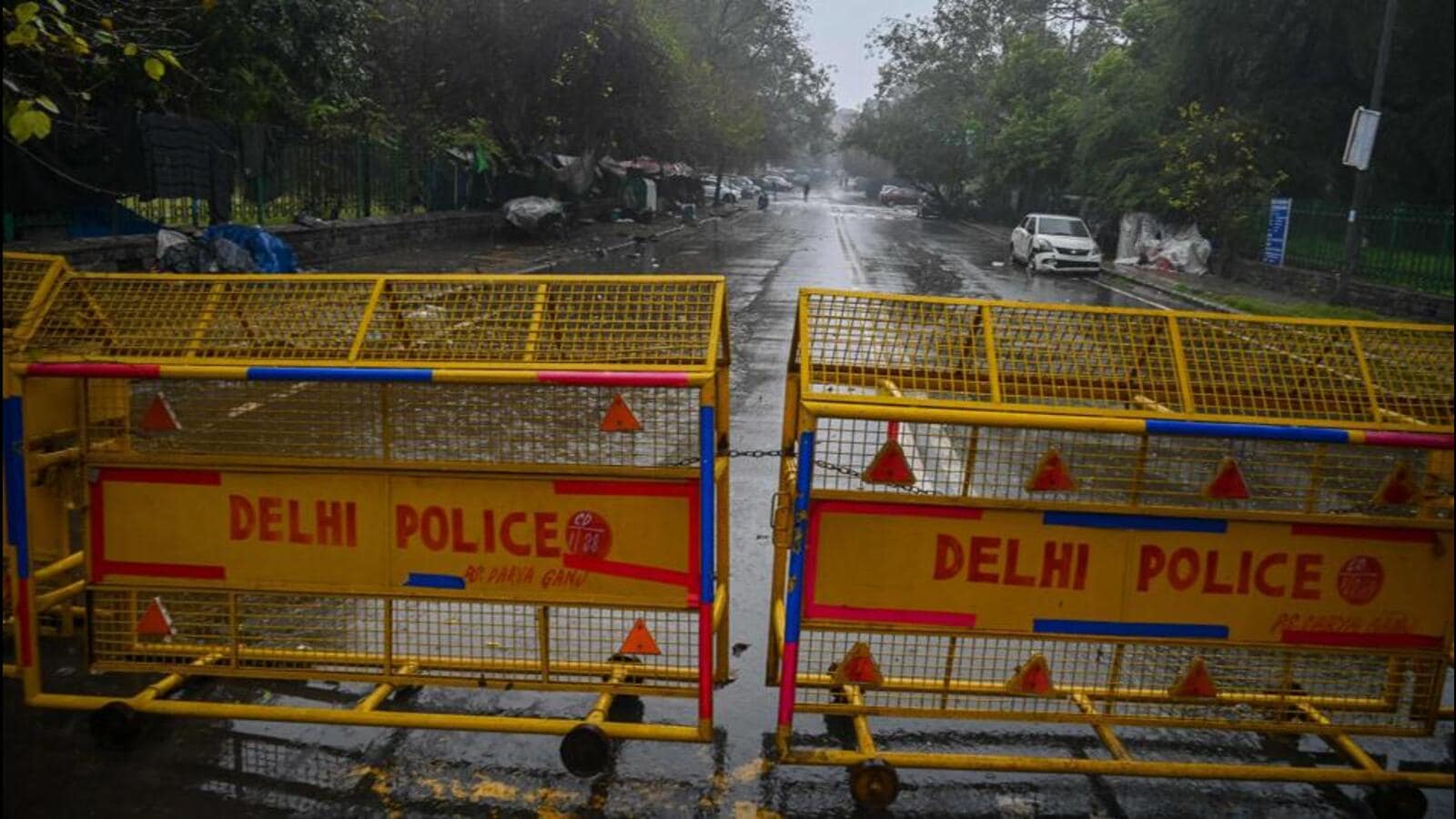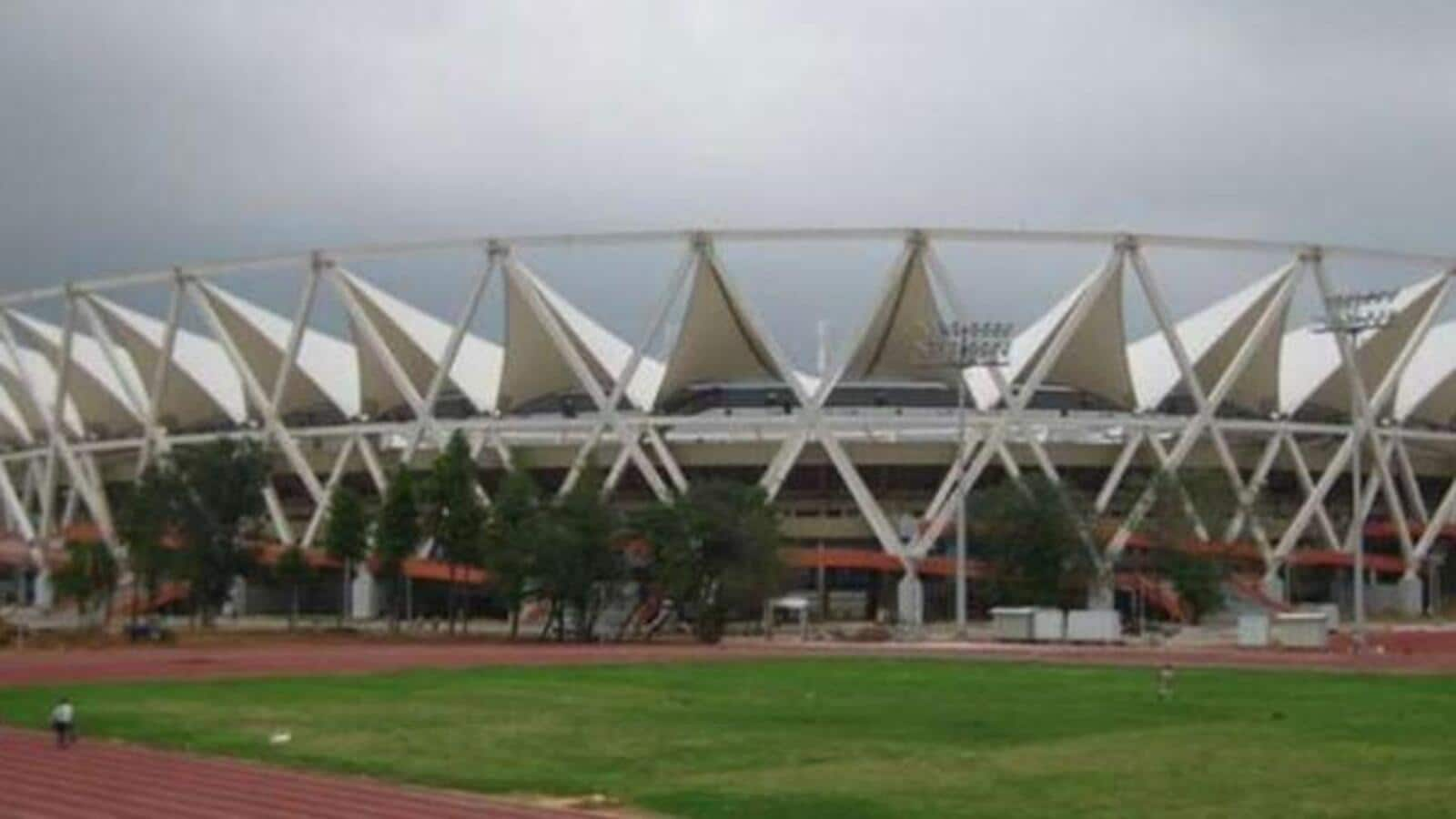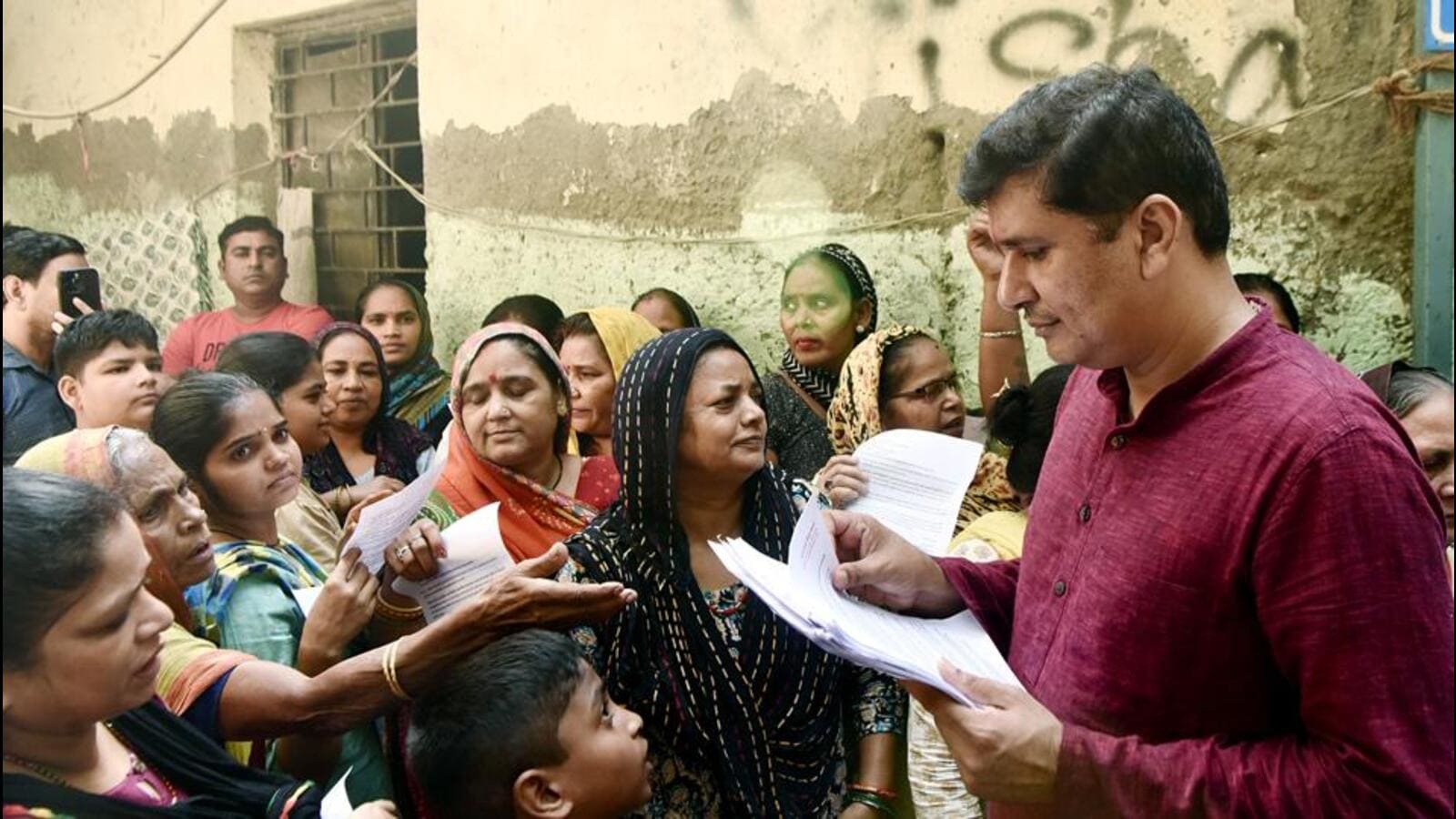Anand Vihar – a location notorious for its air pollution problem – is once again at the centre of alarm as toxic pollutants blanket the area at a time when Delhi’s annual spectre of pollution is starting to into gear. Pollution levels in the area have already soared far beyond permissible limits, with its average air quality index (AQI) already hovering more than 100 points higher than the citywide average.

On Thursday, Delhi environment minister Gopal Rai issued urgent directives to officials, calling for immediate action to curb rising pollution at the city’s designated hot spots – calling for a particular focus on the situation in Anand Vihar. Rai has scheduled a high-level meeting on Friday to address conditions at Anand Vihar and 12 other critical pollution hotspots across the city.
“The meeting will look at the reasons behind high pollution at Anand Vihar, with the minister also taking a review of the other 12 hotspots and what measures are being taken there,” said a government official.
Anand Vihar is among the 13 pollution hotspots identified jointly by the Delhi Pollution Control Committee (DPCC) and the Central Pollution Control Board (CPCB) in 2018, and it remains one of Delhi’s most polluted locations throughout the year. The average AQI at the station has already touched “severe” – over 400 – in the past few days, at a time when Delhi is hovering in the “poor” zone.
Experts say a series of factors combine to make Anand Vihar particularly prone to high pollution. The main issue is the heavy traffic from the ISBT and highways, nearby industrial zones, construction activity.
The station comes under the DPCC, however, queries sent to both CPCB and DPCC were unanswered.
An AQI of 51 to 100 is classified as “satisfactory”, between 101 and 200 is classified as “moderate”, between 201 and 300 is classified as “poor”, between 301 and 400 is classified as “very poor” and over 400 is “severe”.
Data available for Anand Vihar from past days showed the average AQI there has remained between “very poor” and “severe” this past week and is significantly higher than the Delhi average. On Wednesday, the AQI was 429 (severe); it was 424 (severe) on Tuesday; 313 (very poor) on Monday; 374 (very poor) on Sunday; 376 (very poor) on Saturday; and 330 (very poor) on Friday.
In comparison, Delhi’s average AQI has touched “poor” at its worst so far this season. Delhi’s average AQI was 285 (poor) on Thursday; it was 230 (poor) on Wednesday; 198 (moderate) on Tuesday; 234 (poor) on Monday; 224 (poor) on Sunday; 155 (moderate) on Saturday and 141 (moderate) on Friday.
CPCB data showed it the primary pollutant in the area is PM10 – with an hourly average concentration shooting up to 934 micrograms per cubic metre (µg/m3) at 10am (over nine times the safe standard of 100µg/m3). As a rule of thumb, high PM10 levels indicates dust pollution. In comparison, the peak PM2.5 concentration in the same time period was 320µg/m3 – over five times the safe limit of 60µg/m3.
Experts said though dust may be posing a great challenge now, Anand Vihar faces a similar, if not higher influx of vehicular and industrial emissions, which can spike PM2.5.
“Anand Vihar has unique challenges. The ISBT there and the highway induce massive intra-city and inter-city traffic, as well as heavy duty truck movement. It also falls within the influence zone of nearby industrial areas. Other sources include the RRTS construction site, the Ghazipur dumpsite, which is near, and other localised but smaller sources,” said Anumita Roychowdhury, executive director of research and advocacy at the Centre for Science and Environment (CSE).
Locals meanwhile said traffic and congestion remain the biggest problem for the area.
“When you have an ISBT, a metro station and a railway station, there is bound to be traffic, which is not properly managed. You also have buses coming over from UP, which should be regulated better. People stay stuck in traffic throughout the year and these emissions can accumulate,” Vinod Kumar, 56, who is the RWA president of DDA flats in Anand Vihar.













Leave a Reply